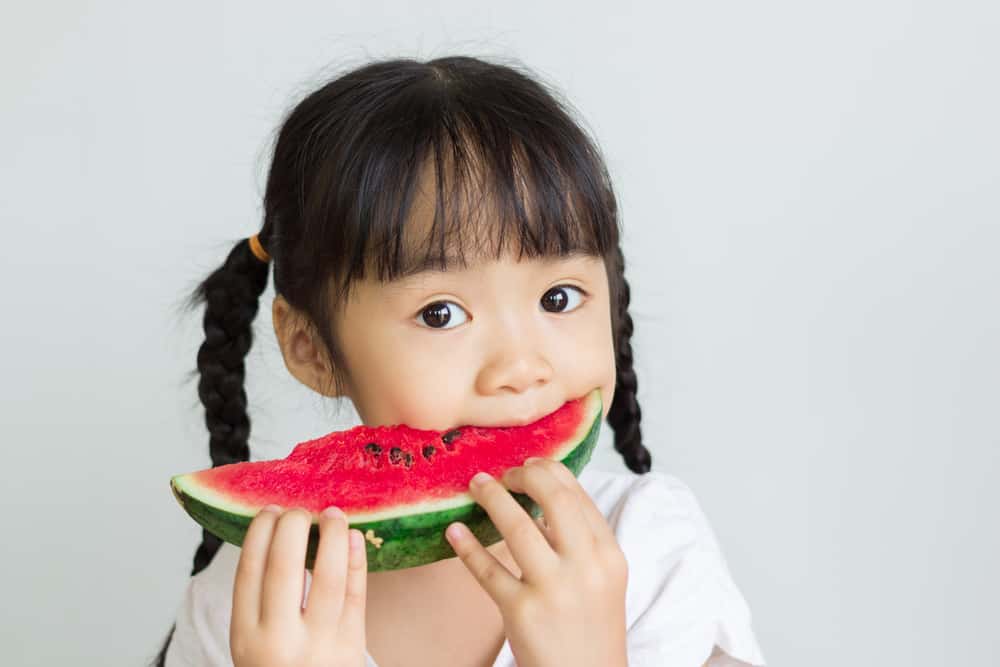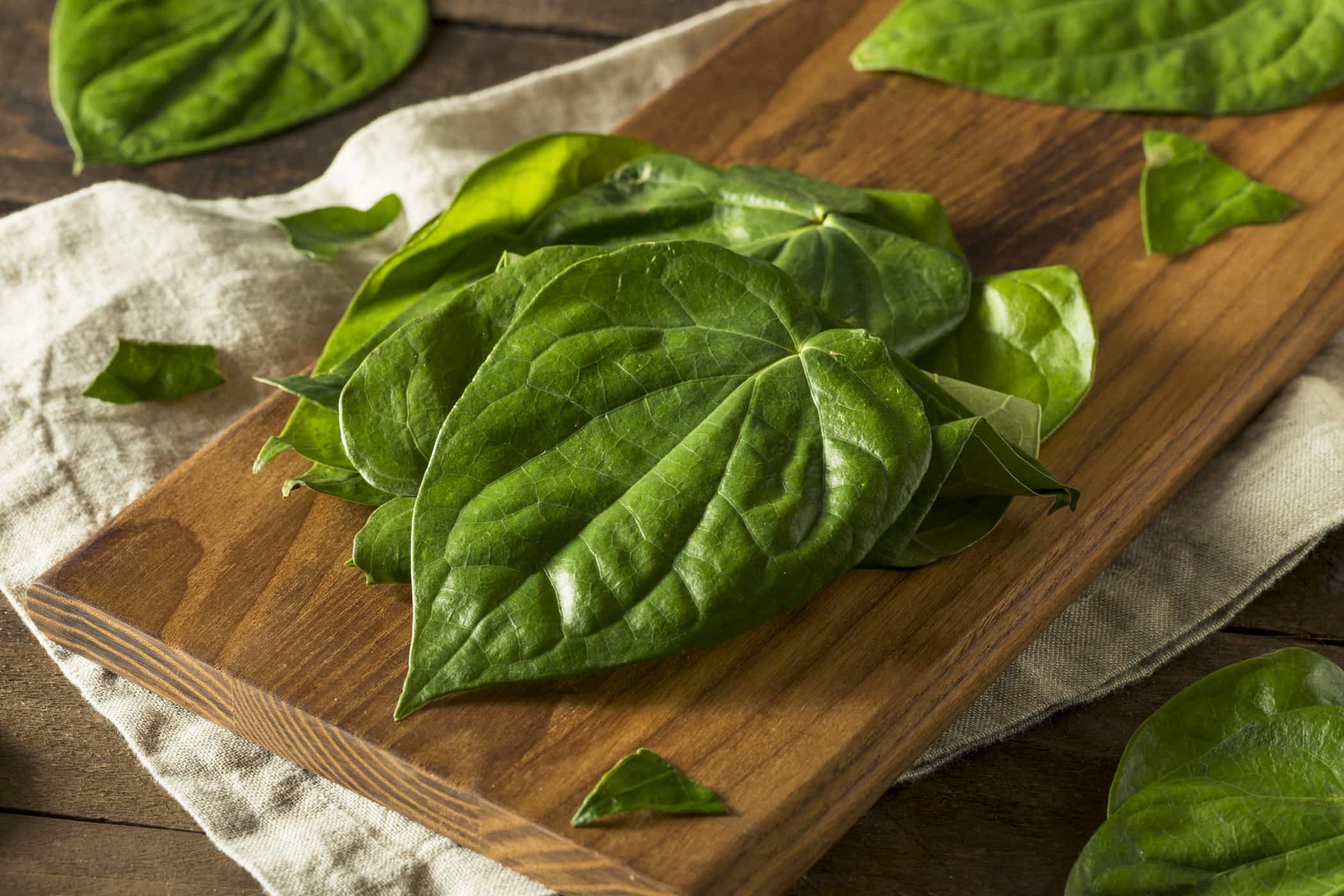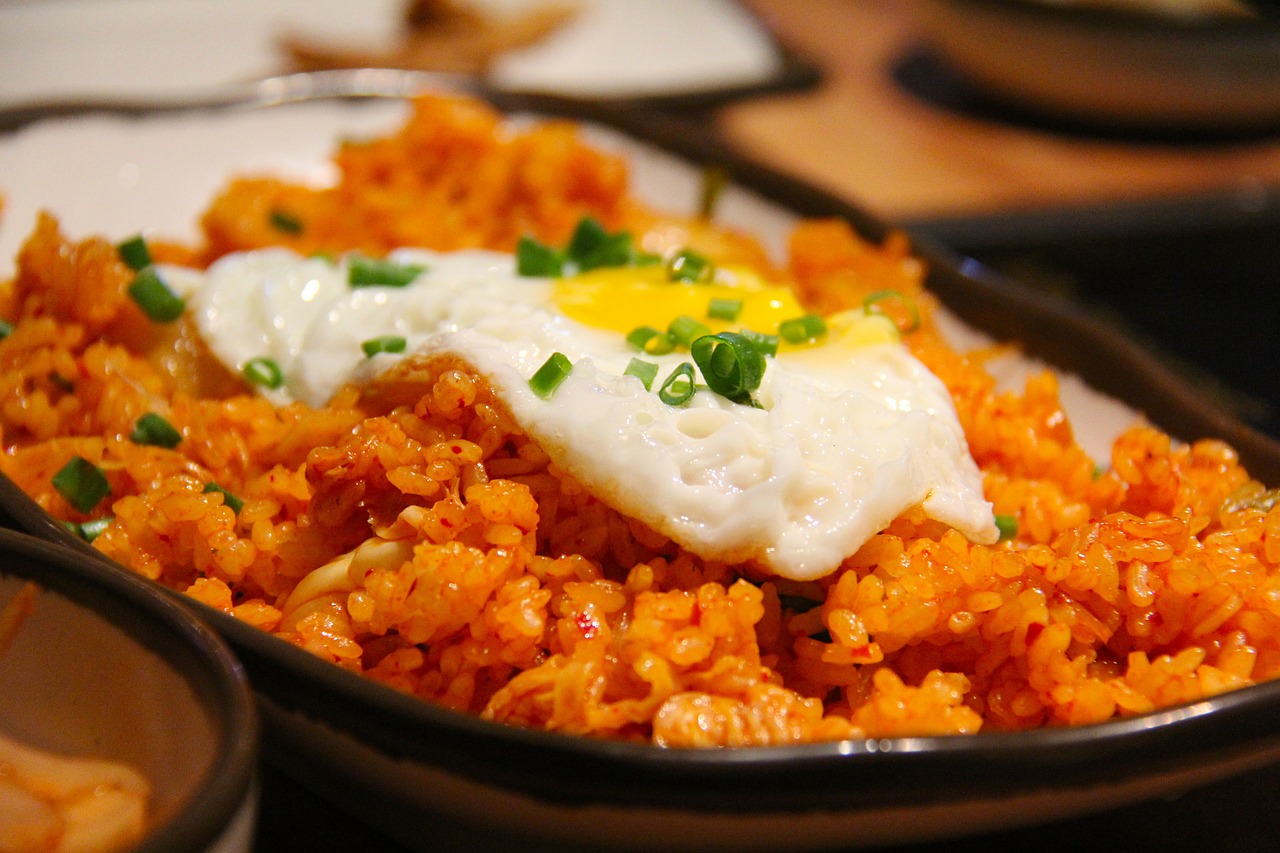Contents:
- Medical Video: How to Create a Healthy Plate
- Nutrition is important to support the growth of toddlers
- Protein
- Carbohydrate
- Fiber
- Fat
- What is the ideal meal for toddlers?
- How many times should toddlers eat?
- Various dietary restrictions for toddlers
- Applying a healthy diet for toddlers early
Medical Video: How to Create a Healthy Plate
Toddlers are active to play to and fro. Well, so that your toddler's development runs optimally, the right nutritional intake is needed. You can start by designing a healthy diet for toddlers early on. Not only supports its development, healthy eating patterns for toddlers can also prevent obesity, malnutrition, and other health problems in the future.
If you are confused about how to start, see the guide below.
Nutrition is important to support the growth of toddlers
Not much different from adults, healthy eating patterns for toddlers must also adhere to the principle of balanced nutrition. The following are various important nutrients to support toddler growth along with their sources.
Protein
Proteins play an important role in building and repairing damaged tissue. Not only that, protein also plays a role in enhancing the child's immune system. Therefore, adequate protein intake can make a child's immune system stronger, so he is not easily sick.
You can get this one nutrient from food, both from vegetable and animal sources. Meat, chicken, fish, eggs,seafoodand nuts are a protein-rich food source.
Carbohydrate
Carbohydrates function as the body's main energy ingredient. This nutrient is divided into two forms, namely simple carbohydrates and complex carbohydrates. You can find simple carbohydrates in sugar or sweet foods, while complex carbohydrates can be found in staple foods that are consumed every day, such as rice, potatoes, cassava, corn, pasta, and the like.
Your child must limit simple carbohydrates to avoid diabetes and obesity due to eating too many sweet foods.
Fiber
Fiber helps facilitate the digestive system, lowers cholesterol levels, and controls blood sugar levels. Many fibers are contained in vegetables and fruits. So, make it a habit for your child to eat fruits and vegetables every day.
Choose fresh fruit and avoid eating fruit that has added sugar, such as packaged fruit juices, canned fruit, dried fruit, and fruit sweets. In addition, make it a habit to eat fruits and vegetables with a variety of colors every day. Because, every color in fruits and vegetables contains different nutrients. For example, the yellow color of lemon indicates that this fruit is rich in vitamin C. While vegetables that are concentrated green mean that they contain high iron.
Fat
Not always bad, fat is also needed by the body for health. Yes, the right fat intake is needed to help absorb vitamins, regulate body temperature, energy sources, and nutrition for your baby's brain. Make sure your child gets a good fat intake.
You can get good fats, aka unsaturated fats from tuna, sardines, anchovies, cob, snapper, salmon, avocados, nuts and olive oil.
What is the ideal meal for toddlers?
Toddlers need calories around 1,000-1,500 kcal per day depending on their age, gender, and physical activity. Well, to meet these calorie needs, here are examples of portions of food that can be given to children in one day:
- Carbohydrates as much as 2-3 servings. One portion is equivalent to 100 grams or imbing glass of star fruit.
- Protein 4-5 servings. One portion is equivalent to 35-50 grams. You can give one chicken lower thigh or meat half the size of an adult's hand.
- Oil 2-5 tsp.
- Fruits ½ -2 servings. One portion is equal to one large orange fruit or a piece of watermelon.
- Vegetables ½-2 servings. One portion is equivalent to one bowl of cooked vegetables without gravy.
- Dairy products 1-2 servings. One portion is equivalent to 150-200 ml or a glass of starfruit.
How many times should toddlers eat?
Toddlers ideally eat as much as 5-6 times every day. Parents can share it into:
- Breakfast
- Midnight snack
- Lunch
- Midday snack
- Dinner
- Snack before bed
Night snacks can be skipped if the child is asleep. Some healthy snacks that you can give to your child are fruit, vegetables, pudding, yogurt, cheese, biscuits, and milk.
Various dietary restrictions for toddlers
Here are some dietary restrictions for toddlers that parents should know:
- Foods high in sugar like candy, juice with added sugar, chocolate, ice cream, soda, and so on. Eating too much sugar will lead to obesity, insulin resistance, and diabetes.
- Foods high in saturated and trans fatty acids like fried foods, pizza, and martabak. Various types of food can cause cholesterol increases and the risk of heart disease. Instead, choose foods with healthy fats such as olive oil, beans, and avocados.
- Junk foodor ready food. These foods are usually high in carbohydrates and salt, but low in fiber, vitamins and minerals. Therefore, if consumed in excessive amounts can cause obesity to other diseases caused by obesity. Besides causing health problems, obesity can also cause children to become insecure and tend to withdraw from their surroundings.
- High salt food. This type of food can build up water in the body, so the stomach feels more bloated and bloated. Foods high in salt can also cause hypertension and blood vessel disorders.
Applying a healthy diet for toddlers early
Healthy eating patterns for toddlers must be accustomed from childhood. So that your child is accustomed to applying a healthy diet, then the mother and family at home must also play a role. Remember, children tend to imitate the parents or closest people around them. So, give an example of eating good food with patterns and choosing the right foods.

















